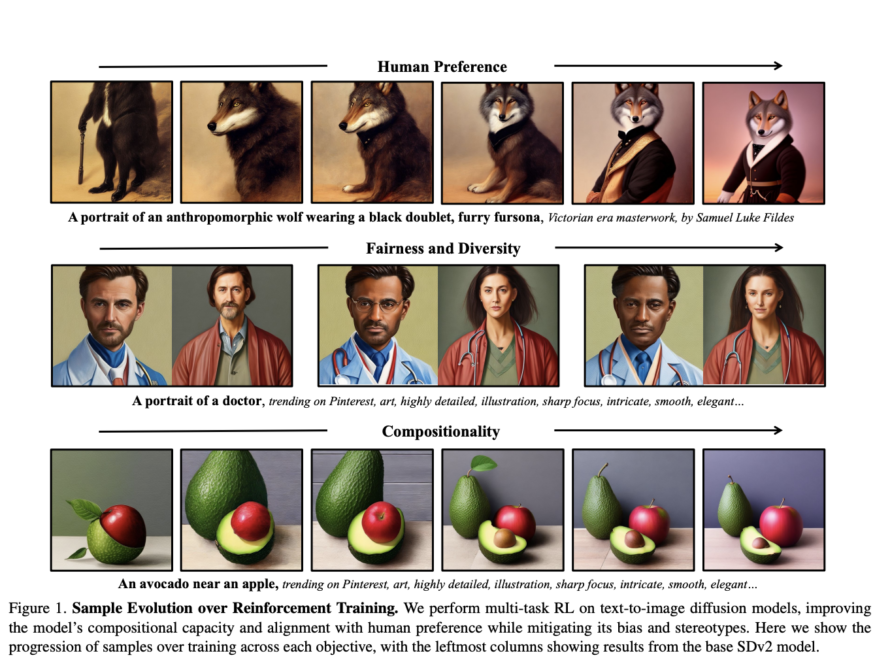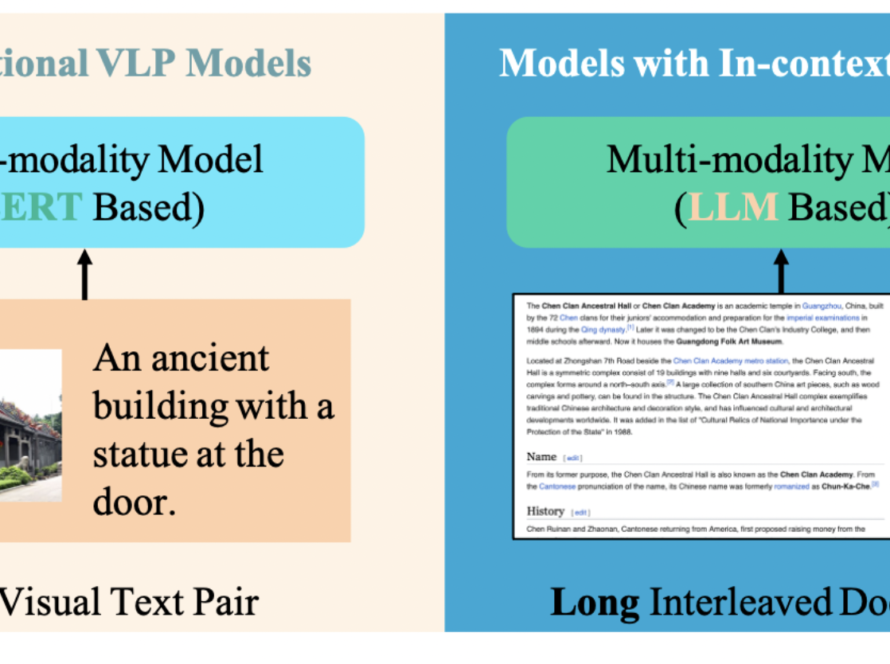How can Neural Radiance Fields (NeRFs) be improved to handle scale variations and reduce aliasing artifacts in scene reconstruction? A new research paper from CMU and Meta addresses this issue by proposing PyNeRF (Pyramidal Neural Radiance Fields). It improves neural radiation fields (NeRFs) by training model heads at different spatial grid resolutions, which helps reduce the visual distortions that can occur when reconstructing scenes at various camera distances. PyNeRF achieves these improvements without significantly impacting performance, making it an effective solution for accelerating NeRFs while maintaining high-quality scene reconstruction.
Inspired by NeRF, the study explores grid-based methods (NSVF, Plenoxels, DVGO, TensoRF, K-Planes, Instant-NGP) aiming to enhance rendering speed and memory efficiency using voxel grids and tensor approximations. PyNeRF combines speed benefits with quality preservation across scales, surpassing other fast-rendering approaches like Instant-NGP, Nerfacto, and more in rendering quality and training speed.
Recent advances in neural volumetric rendering, particularly NeRFs, offer progress in realistic view synthesis. However, NeRFs are slow due to their MLP representation and assumptions, leading to aliasing. Grid-based methods like Mip-NeRF accelerate training but lack compatibility with positional encodings—PyNeRF, inspired by divide-and-conquer NeRF extensions and classical techniques. PyNeRF’s pyramid of models, sampled along rays, and partitioning approach improve rendering quality while maintaining the speed of accelerated NeRF implementations, offering a versatile solution for efficient and high-quality novel view synthesis.
The research suggests modifying grid-based models and training model heads at different spatial grid resolutions for rendering larger volume samples. Using SUDS as the backbone model, they progressively train at higher resolutions. Various grid-based acceleration methods are discussed, storing learned features in structures like voxel grids or hash tables. The researchers evaluate their method against LaplacianPyNeRF and other interpolation approaches, examining the impact of reusing feature grids and using 2D-pixel areas. The primary contribution is a versatile partitioning method that enhances visual fidelity while preserving rendering speed in any existing grid-rendering approach.
PyNeRF significantly enhances rendering quality, lowering error rates by 20-90% in synthetic and real-world scenes with minimal performance impact. Compared to Mip-NeRF, it achieves a 20% error reduction while training over 60 times faster. PyNeRF converges to SUDS quality in 2 hours, outperforming baselines in various metrics, whereas SUDS takes 4 hours. Variant testing and evaluations against fast-rendering approaches demonstrate superior results on synthetic and Multiscale Blender datasets. Assessment of the Argoverse 2 Sensor dataset attests to PyNeRF’s high-quality reconstructions across numerous video frames.
In conclusion, PyNeRF has demonstrated impressive progress in enhancing anti-aliasing features in fast volumetric renderers, showcasing exceptional results across various datasets. The method advocates for sharing real-world captures to further research in neural volumetric rendering. Nonetheless, it acknowledges the potential security and privacy risks of proficiently constructing high-quality neural representations.
Future research could benefit from sharing additional real-world captures and exploring alternative mapping functions for assigning integration volume to hierarchy levels. A valuable investigation direction would be using semantic information for privacy filtering during model training. Interesting future avenues include further exploration of architectures to enhance visual fidelity while preserving rendering speed in fast NeRF approaches. Potential areas for future research involve applying the pyramidal approach to other accelerated NeRF implementations and assessing its performance.
Check out the Paper. All credit for this research goes to the researchers of this project. Also, don’t forget to join our 33k+ ML SubReddit, 41k+ Facebook Community, Discord Channel, and Email Newsletter, where we share the latest AI research news, cool AI projects, and more.
If you like our work, you will love our newsletter..
Hello, My name is Adnan Hassan. I am a consulting intern at Marktechpost and soon to be a management trainee at American Express. I am currently pursuing a dual degree at the Indian Institute of Technology, Kharagpur. I am passionate about technology and want to create new products that make a difference.



